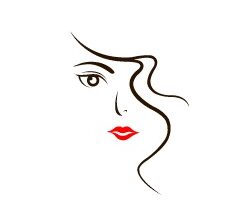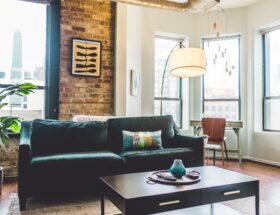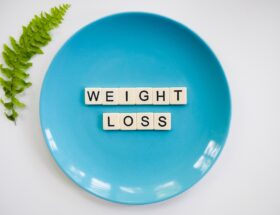Introduction:
Back pain is the pain or physical discomfort that can be felt anywhere in the back or spine or around the discs. The bones that form the core of the back structure are called the spine or spinal column. This heap of more than 30 bones vertebrae supports the upper body’s weight, and houses the spinal cord. The bones or vertebrae that make up the spinal cord are not stacked directly on top of each other; there are spaces between the bones filled with spongy pads called intervertebral discs. These discs, and the space between the bones they fill, give the lower back flexibility. A group of tissues called ligaments and tendons hold the vertebrae in place and attach the muscles of the back to the spinal column.
Reasons for Back Pain:
Wrong posture, jobs that involve lifting heavy weights, pulling, pushing, twisting and vibrating the spine, long operating hours on the desk or a slip disk are some of the reasons for back pain. Smoking increases your risk possibly by blocking your body’s ability to deliver nutrients to the disks to the lower back. Weak abdominal muscles and excess abdominal fat may also put a strain on the lower back.
As we age, a number of changes may contribute to cause lower back pain. For eg., the annulus surrounding each disk begins to develop tears and cracks which causes pain and inflammation. The disks also begin to lose the water that keeps them spongy, due to which they become compressed or flattened which reduces the space between the vertebrae, in turn damaging the joints. Prolonged usage of the spine may cause coercion on the nerves of the spine. Pain associated with the pressure on nerve roots often extends below the knee starting in the buttock and travelling down the back of the leg as far as the ankle or foot.
Nerve root pain symptoms include: Tingling, Numbness, Weakness in legs or feet.
Types of Back Pain:
- Acute / short-term back pain: Most of the lower back pain problems are acute. Self care resolves the pain naturally within a few days to weeks, but not more than 12 weeks.
- Chronic back pain The pain that continues more than 12 weeks, even though the actual cause of the acute pain is treated. Most of the cases are cured with a proper medical treatment. However, a few cases might need a surgery.
The first episode of back pain occurs between the 30’s and 40’s, it becomes quite common with age. People who are obese and not physically fit are more likely to experience back pain.
Depending on the cause, symptoms may be better or worse in various positions such as bending forward or backward. Symptoms that increase on bending forward are usually relieved by walking, lying down or other movements that straighten the spine. Symptoms that worsen on standing and walking are usually relieved by sitting down or lying down on your back with your knees bent and with gentle exercises to bend your spine forward.
Tips to avoid back pain while working:
- Office chairs should have a natural support that incorporates a forward curve at belly button level. You can also put a pillow or lumbar back support.
- Do not lean on the monitor and strain your neck, try to sit backwards and put your arms a length away.
- Sitting in one position for an 8 hour work day can cause disruption on your body. Try to take short breaks once in an hour. Sitting for a long period of time can weaken your muscle.
Home remedies for back pain:
- Get enough sleep every day. A poor sleep position may also affect your back. Try to put a pillow under your knees and make sure to sleep on a comfortable mattress.
- The stronger your muscles, the easier it will be to support your body. Get regular exercises to keep your back muscle fit and flexible. Exercise / Yoga can reduce the back pain or it can cause if not done correctly, Use proper techniques for lifting (lift with your legs rather than your back).
- Regular applications of ice bags / applying a heating pad can help your muscles relax and increase in blood flowing. You can also try hot baths to get rid of body pains.
- Massage can be helpful for back pain, when the correct muscle is targeted, the pain can be controlled. Both structural and Swedish massage can give relief pain for 6 months.
Yoga poses to ease the back pain:
- Cobra Pose / Bhujangasana:
Lie down on your stomach keeping your toes apart. Now place your palm right under your shoulder. As you inhale, lift up your chest and look straight for some time and then relax.
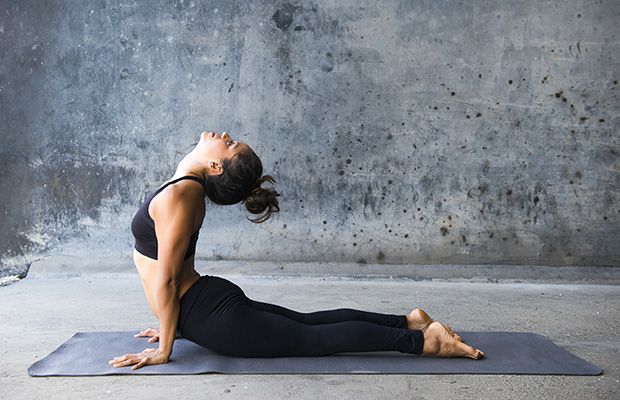
- Cat & Cow Pose / Marjariasana:
Sit in Adamantine pose / vajrasana and then move your knees underneath the hips and then make sure your wrists are underneath your shoulders and then keep your back flat as table top. While inhaling, drop your spinal cord down and take your hips above and look at the ceiling as you exhale. Take your spinal cord really high to the ceiling and touch your chin to your chest. Now come to the neutral spin and sit back in adamantine pose.
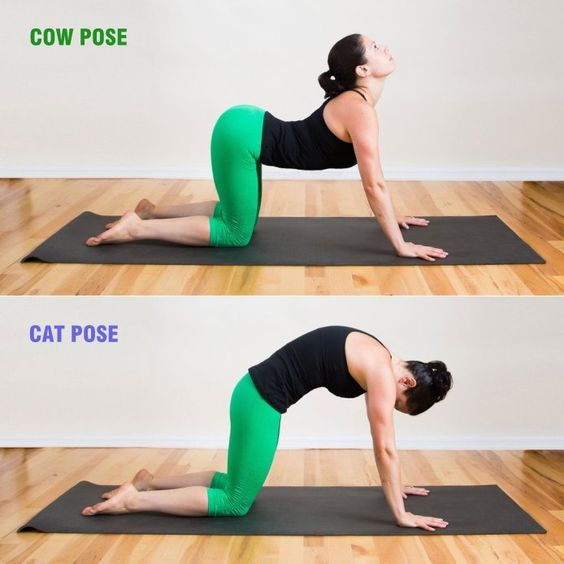
- Half Spinal Twist / Ardha Matsyendrasana:
Sit upright; bend both of your knees. Now make an inverted V, take your left heel to your right hip line, your right foot right outside to your left knee. Now keep your arm behind your back supporting your spinal cord so you can catch your knee or foot with the left hand, as you exhale, look over your right shoulder to the back wall. Release your neck first and then the asana.
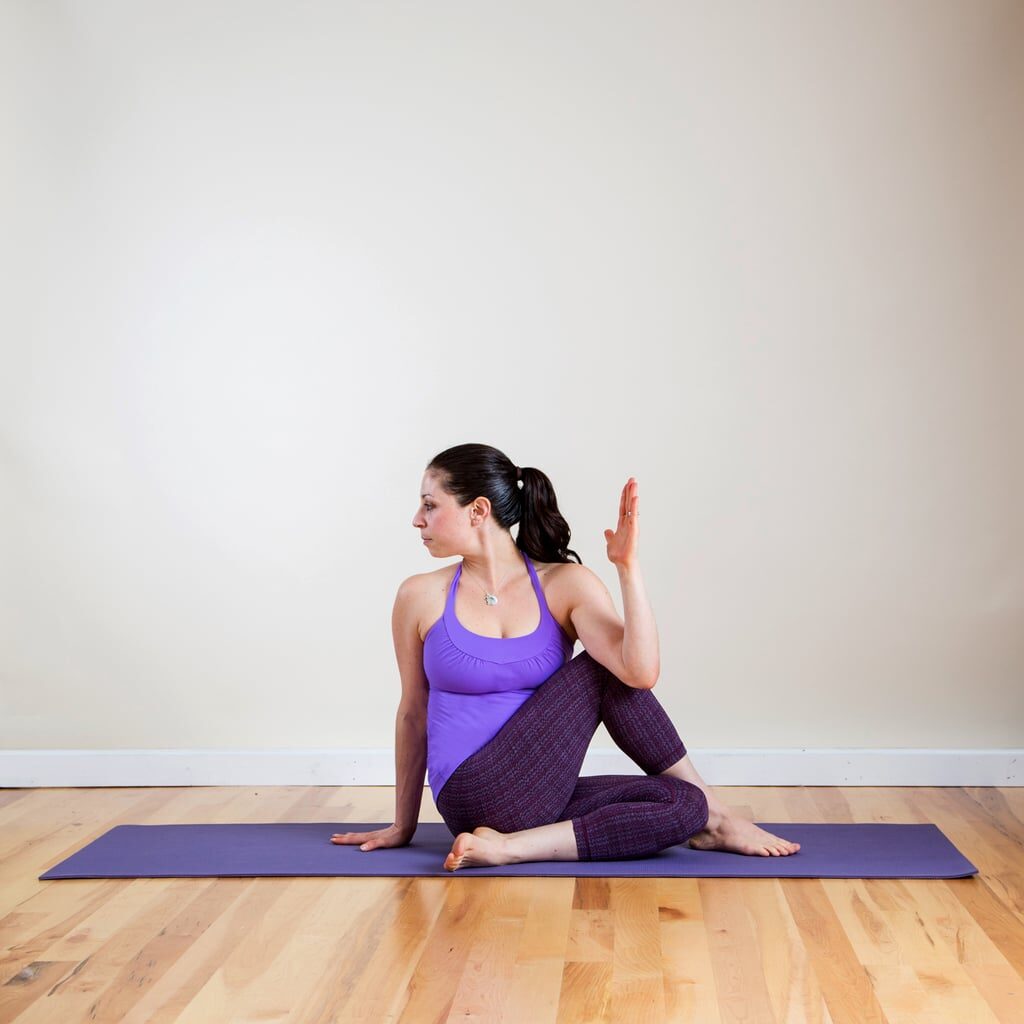
If the pain is not mitigated by any of the home care methods or exercises, you need to consult a doctor.
Whom to consult?
Depending on the severity of your pain, diagnostic tests are to be done and the treatment would require other physicians and health care providers. A neurologist might assess you to establish an exact diagnosis by EMG studies and a radiologist would be responsible for many of your diagnostic tests. If surgery is an option, a spine surgeon should be consulted. A Rheumatologist may also be involved if osteoarthritis or rheumatoid arthritis is involved in your pain. A pain specialist may also assist you in your pain relief by performing specific procedures for nerve blocks. This is done by a physical therapist and physiotherapy is the procedure.
Your doctor will examine your back and carry specific neurologic tests to determine the cause of the pain and appropriate treatment. There are a large number of diagnostic tests that your doctor may use to help determine your cause of pain.
